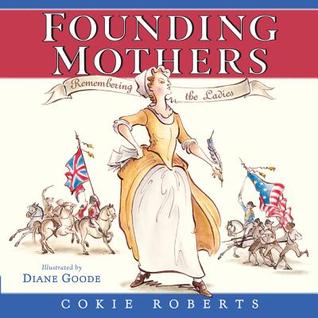Founding Mothers: Remembering the Ladies
by Cokie Roberts
illustrated by Diane Goode
Harper, 2014
review copy provided by the publisher
In 2005, NPR political commentator Cokie Roberts wrote a 384 page adult book, Founding Mothers: The Women Who Raised Our Nation
As the review in the New York Times points out, this book would be a whole lot more useful with a table of contents and a more discernible organization.
That criticism aside, this book provides some nice short texts about historic women. I can imagine students being charged with placing each woman on a continuum of influence, based on the information given by Roberts in the text, and arguing for their placements. I can imagine students choosing a woman to research in more detail, and then debating with another student about whose woman was the most influential. Even just the conversation about what makes a person influential would be fascinating, as would a discussion of the problem of how to know historic women deeply when they often did not leave a trail of primary source material for historians to study.
This book would also be fascinating to use in a study of the art of calligraphy. Diane Goode's pen and sepia ink illustrations in the style of the period, and her reproductions of each woman's signature made me want to get out my pen nibs and resurrect the skill I learned in high school art class.


No comments:
Post a Comment
Comment moderation is turned on.